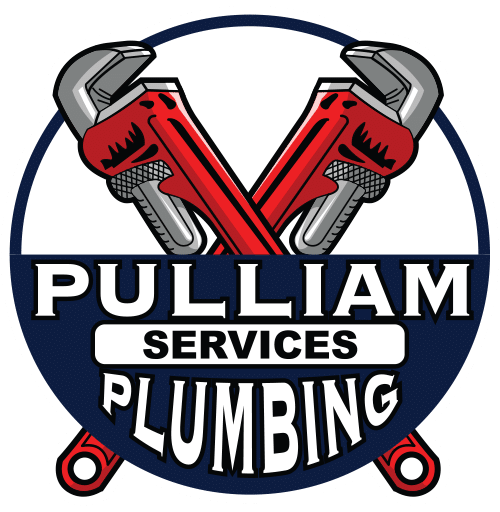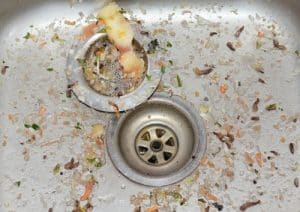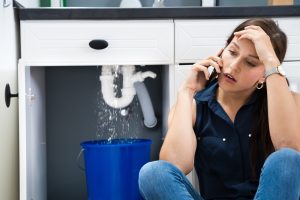Toilet overflows can be more than just a minor inconvenience; they often signal underlying plumbing problems that require attention. We know how stressful and messy it can be when your toilet overflows. That’s why we’re here to offer some essential guidance on how to effectively handle these situations. The moment you notice water spilling over the rim, it’s crucial to act swiftly to mitigate any potential water damage and hygiene issues. This guide will talk about the immediate actions you should take to control the situation.
Understanding why toilet overflows occur is the first step towards preventing them in the future. Many issues, from simple clogs to more complex sewer system malfunctions, can lead to overflows. We’ll explore the common causes and detail preventative measures to help you avoid a repeat of the mess and frustration. Moreover, recognizing when a problem is beyond your ability to handle it alone is essential. There are times when calling in professional plumbers like us is not just recommended but necessary to address the root of the problem effectively and ensure your plumbing system is reliable and efficient.
Immediate Steps to Take When Your Toilet Overflows
When faced with an overflowing toilet, acting quickly is crucial to prevent water damage and maintain hygiene. First, stop the flow of water by reaching behind the toilet and turning off the water supply valve. This valve is typically located near the floor, directly behind the toilet, or on the lower side of the wall. Turning this off will prevent any more water from entering the toilet bowl from the tank.
Next, start addressing the spill. Use old towels or rags to soak up the water, preventing it from spreading across your bathroom and seeping into other areas that might cause damage to the flooring or sub-flooring. If you have any, use a wet-dry vacuum to efficiently remove standing water. It’s essential to keep the area as dry as possible to avoid slip hazards and mitigate water damage. Once the immediate cleanup is under control, you can shift your focus to diagnosing the cause of the overflow and taking the appropriate next steps to repair it.
Understanding the Common Causes of a Toilet Overflow
Identifying the right root cause of a toilet overflow is essential for a lasting fix. One common culprit is a simple clog, where excess toilet paper, hygiene products or other items have blocked the passage of waste. This can usually be managed with a plunger. When plunging, ensure a good seal in the toilet bowl, and use forceful but steady plunges to dislodge the blockage.
Another frequent issue is problems with the float mechanism or the fill valve. These components regulate the water flow into the toilet tank. If they malfunction, they can cause the tank to fill excessively, leading to water spilling over. Adjusting or replacing these components can typically resolve these types of issues.
Additionally, a main sewer line blockage can lead to repeated overflows and requires professional attention. Such blockages prevent waste from exiting your plumbing system properly, causing backups. Signs of a main sewer line clog include multiple drains in your home showing poor drainage or gurgling sounds coming from plumbing fixtures.
How to Prevent Future Toilet Overflows
To avoid the inconvenience and potential damage of future toilet overflows, regular maintenance is key. We recommend routine checks on the toilet’s internal mechanisms. Ensure that the float and the fill valve are functioning correctly, which will prevent the tank from overfilling. Additionally, use only as much toilet paper as necessary and avoid flushing items that are not designed to be disposed of in toilets, such as wipes, feminine hygiene products, and paper towels.
It’s also wise to have a periodic professional inspection. This can help identify issues that might not be obvious to the untrained eye, such as slight leaks or wear in the pipes that could lead to bigger problems later. Keeping a plunger at hand for quick responses to clogs and training all household members on its proper use is also effective in preventing overflows. Regular drain cleaning can help keep the main sewer line clear, reducing the risk of backups that can cause overflows.
When to Call a Professional for Overflowing Toilet Issues
There are times when a DIY fix just isn’t enough. If you’ve tried plunging and checking the tank’s mechanisms and the problem persists, or if you experience multiple overflows in a short period, it’s time to call us, the professionals. Persistent issues may suggest deeper problems, like blockages deep within the sewer line that require specialized tools and skills to resolve.
Additionally, if your overflow includes sewage, or there is substantial flooding that could compromise structural elements of your home, professional intervention is crucial. We have the necessary equipment and expertise to safely handle these types of situations. Our professional help can ensure that your plumbing system is functioning properly and hygienically.
Conclusion
Understanding and mitigating the reasons behind toilet overflows can save a lot of trouble and expense. Taking the immediate steps to stop an overflow, understanding what causes them, conducting regular maintenance to prevent future issues, and knowing when to call in the experts are all essential to managing your home’s plumbing health.
For any persistent or complicated issues with overflowing toilets, don’t hesitate to contact Pulliam Plumbing. Trust our plumbers in Boerne, TX to provide prompt, efficient, and expert solutions to keep your home’s plumbing in top condition.




